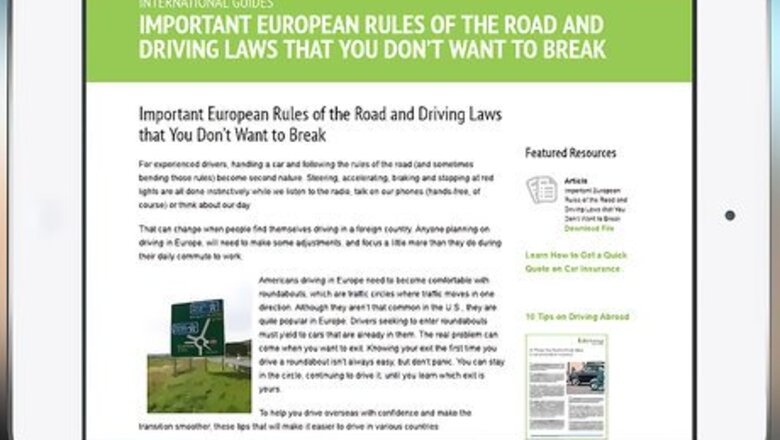
views
Taking Precautions
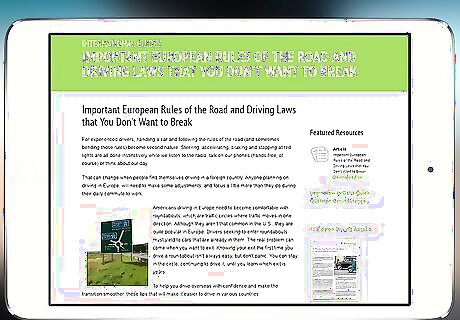
Research driving laws for the country you are traveling to. Some countries have different road rules and road signs, so it's important to know what you're doing before you get on the road. Study up on the areas that you plan on traveling to, and get well-acquainted with their rules of the road before driving in that country. Don't forget that you might need to brush up on a different language depending on the country you'll be driving in as some road signs might be written instructions rather than visual signs, so know before you go.
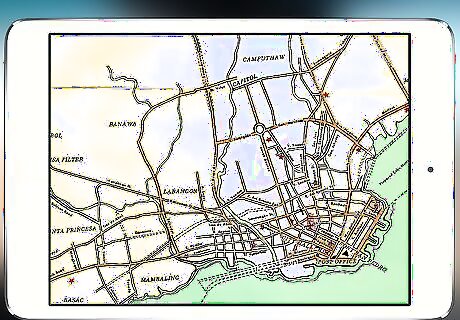
Research the area on your map. Before you leave, study the area you'll be traveling in. Get to know the surrounding attractions on each route you take to get to your destination. It'll be harder to get lost if you can remember some key points of interest that can keep you headed in the right direction.
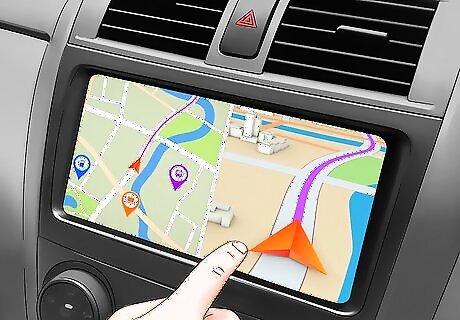
Store a map in your car. Make sure you have your map on-hand at all times when driving in another country. A GPS is a convenient way to get around, but may have poor signal in some areas.
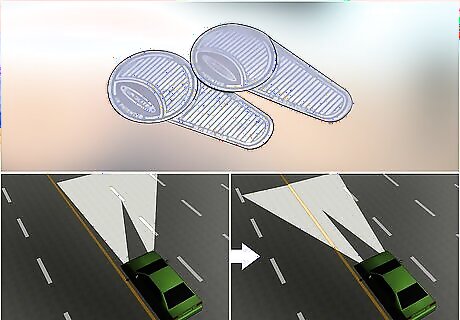
Adjust your headlights. Purchase headlamp converters to ensure your headlights are adjusted for driving on the right. Make sure you buy ones that have clear instructions and are easy to remove. Follow the instructions on the package when putting the stickers on the headlights.
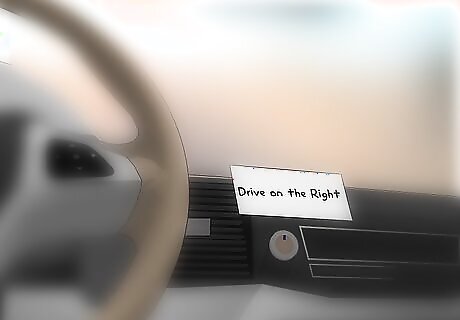
Put a reminder on your steering wheel or dashboard. Label a sticky note with the words “Drive on the Right” so you remember to stay on the right when you drive. Drivers get so used to driving on one side of the road that it's easy to fall into the routine of driving on that side. You wouldn't want to forget the drive on the right-hand side, as that could lead to accidents.
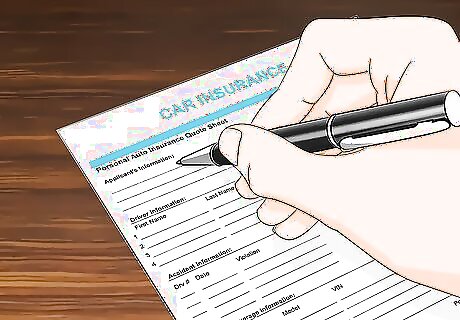
Make a “breakdown” plan. Keep a list of reliable people or companies you can call to help you if your car breaks down. This way, you won't have to ask people you don't know who might speak a different language for help. Consider applying for insurance that will cover your car if it breaks down in the country you're in.
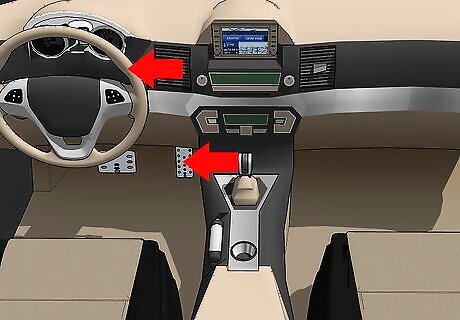
Find the steering wheel and the gearstick. In countries where one drives on the right-hand side of the road, the cars are built so that the driver sits on the left-hand side of the car instead of the right. Also, changing gears is done with the opposite hand. No matter what country you're in, the pedals will always be in the same position from left to right.
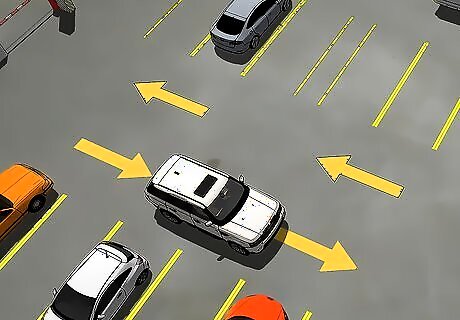
Practice in a car park. Before you drive on a public road, practice driving on the right-hand side and parking in a designated car park so you can build up some confidence before you go on the road. You'll find that you're more prepared and more accustomed to this different way of driving when you start to drive on public roads. Without practice, it's possible to become distracted by trying to remember how to drive on the right.
Driving Cautiously
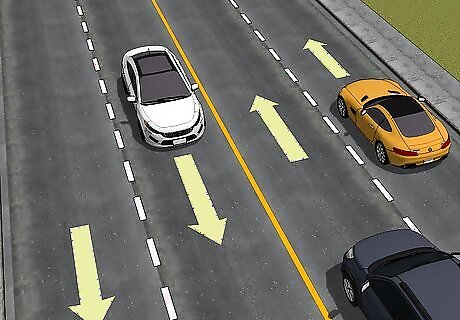
Take in your surroundings. If you get confused, take a moment to look at the road signs around you. If they're facing you, you're going in the correct direction — that is, unless the signs read "Wrong Way" or "Do Not Enter"! Oncoming traffic is seen coming from the left. Left-turning traffic must cross oncoming traffic. Traffic signs facing motorists are mostly on the right-hand side of the road.
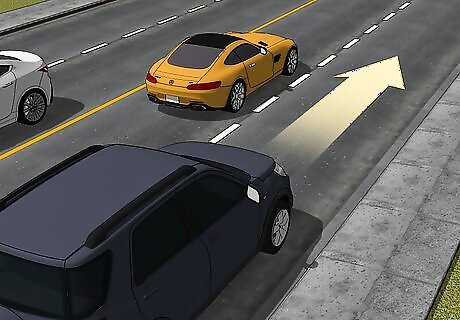
Drive in the far right lane. Because you are a new learner, keep in mind that the "fast" lane is the left lane and the "slow" lane is the right lane, which is the opposite of what you're used to. (In both cases, however, it is the lane farthest from the oncoming traffic.) Let fast drivers pass on your left. When you need to pass other drivers, give a left turn signal, move to the left, pass, signal right, and move in front.
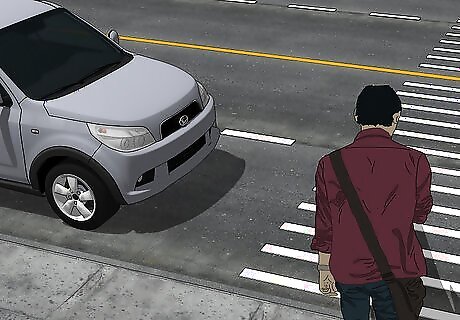
Watch for pedestrians. Check your mirrors for pedestrians and be aware of your surroundings at all times. Normally, pedestrians are supposed to be walking on their left-hand side of the road, facing traffic, but human nature applies here, as in your home country: they can be anywhere.
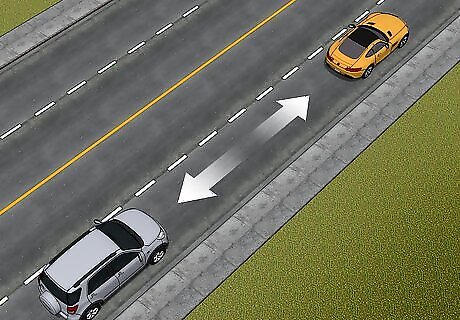
Keep a farther driving distance in front of you. Make sure the cars in front of you are farther ahead of you than you're used to. This way, you'll have more time to react to their driving. Stay four to five seconds behind the car in front of you, just like you would do when it's raining or snowing.
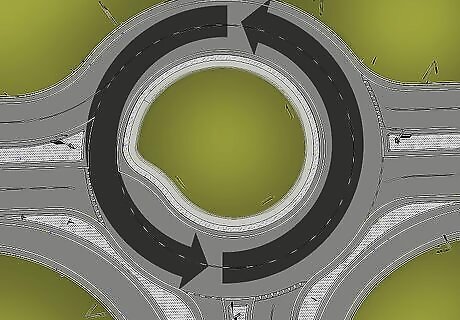
Remember that roundabouts go counterclockwise. Get used to the counterclockwise rotation of roundabouts in places where you drive on the right side of the road. Remember to give the right of way to the left. Drive through roundabouts slower than what you're used to.
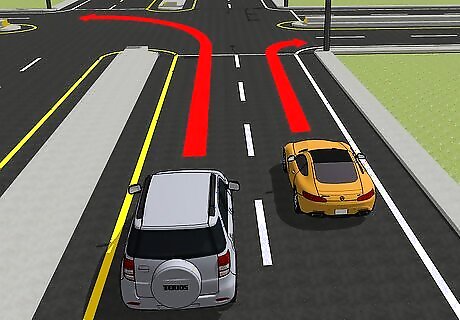
Make turns with care. Signal in plenty of time to let other drivers know what you are doing, and make any necessary adjustments. Be sure to check all mirrors before turning or changing lanes. Make a left turn by getting as close as possible to the left-most lane, nearest the median strip (in a divided road) or the center of the road (when oncoming traffic is immediately adjacent). When completing your turn, you will cross traffic going opposite your original direction and traffic going opposite your intended direction. Be sure you end up in the right half of any two-way road, but in the left lane (if there is more than one). To make a right-hand turn, stay close to the curb or the edge of the road and do not cross any traffic when completing your turn.
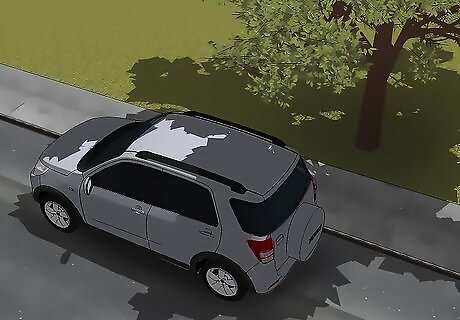
Take breaks. Driving in unfamiliar territory can be exhausting and stressful. Taking regular breaks will allow you to take a minute to relax before you get on the road again.
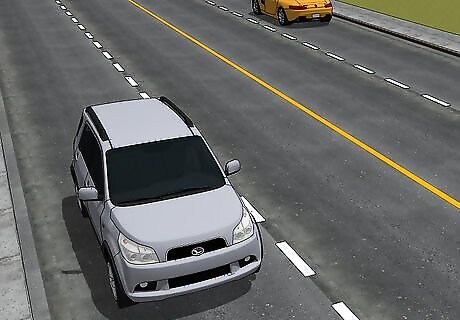
Use the same steps when you go back home. You'll need to get used to driving on the left-side of the road again once you get back home. These steps should help with the adjustment back to your regular driving routine.


















Comments
0 comment